Ancient news stories
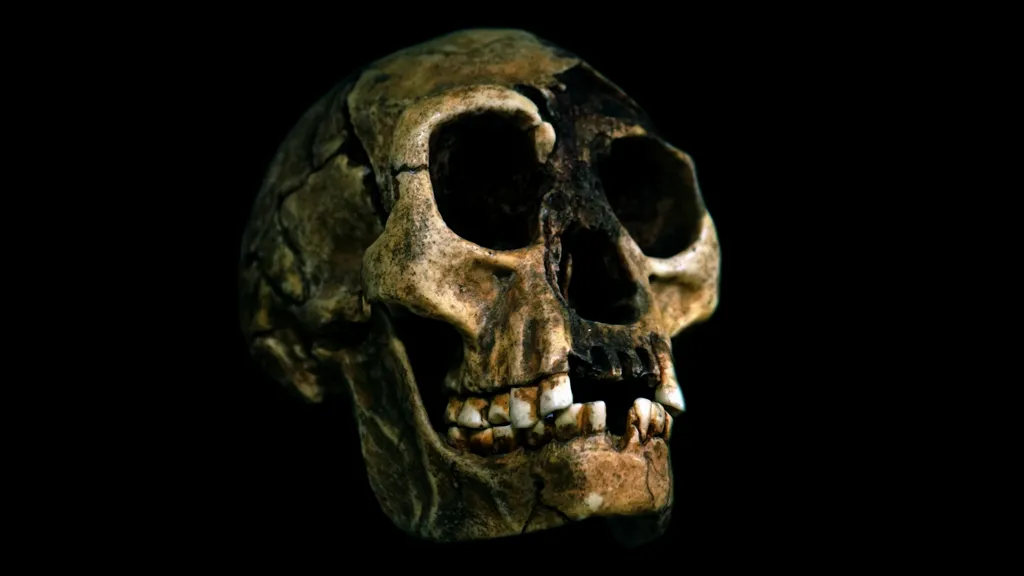
Between about 700,000 years ago and 60,000 years ago, a diminutive early human walked the island of Flores, in what is now Indonesia.
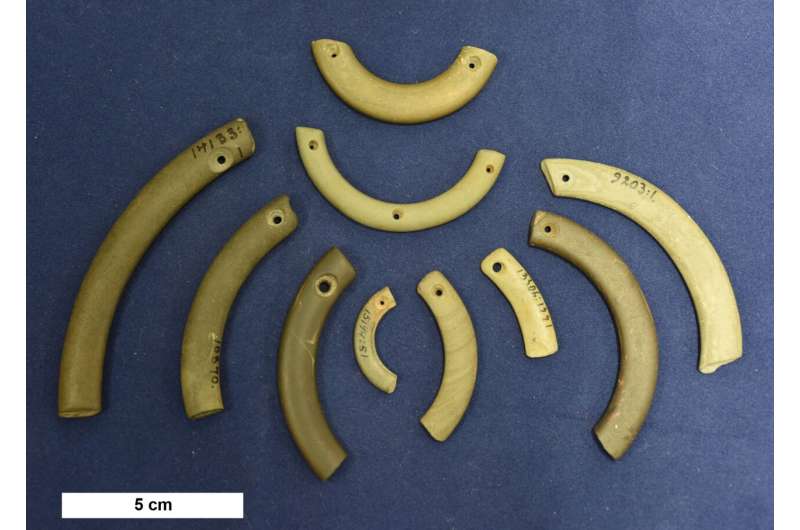
According to Postdoctoral Researcher Marja Ahola from the University of Helsinki, not all objects have necessarily been broken by accident. Instead, it is possible some were fragmented on purpose as part of maintaining social relations, bartering or ritual activities.

Named Tomlinsonus dimitrii, the species represented by the specimen is part of an extinct group of arthropods known as marrellomorphs that lived approximately 450 million years ago, during the Ordovician period, the research team reported in a new study.
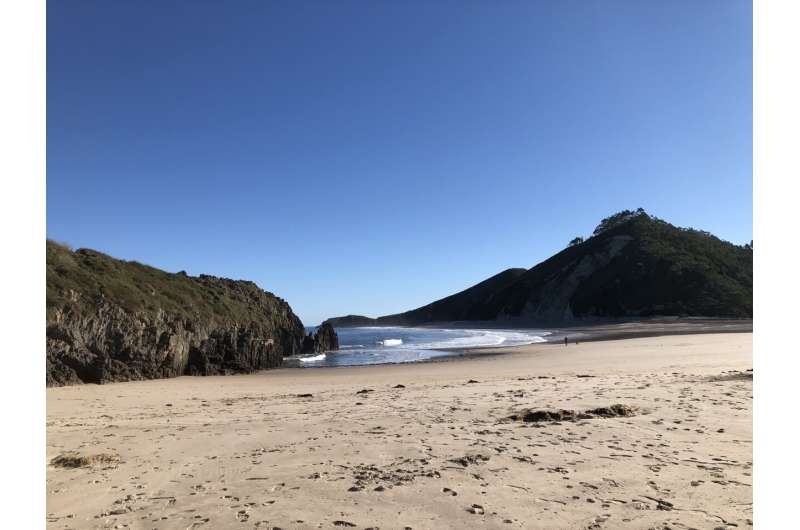
Current global climatic warming is having, and will continue to have, widespread consequences for human history, in the same way that environmental fluctuations had significant consequences for human populations in the past.
An epic migration story is revealed through a piece of pottery.
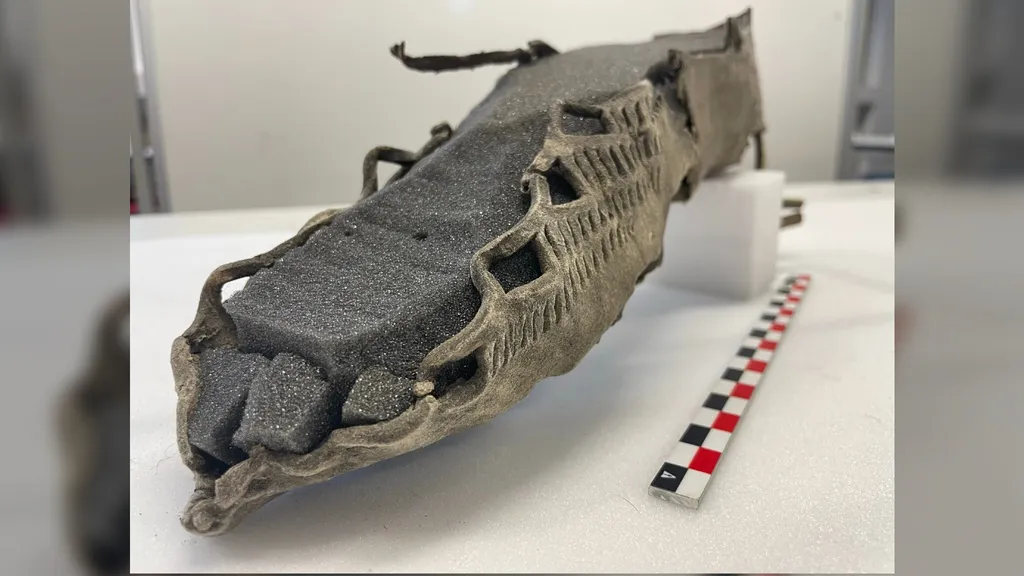
The sandal reveals that humans historically used the icy pass.
A research team from the Department of Prehistory, Archaeology and Ancient History of the University of Valencia (UV) has discovered and dated in Aspe (Alicante) an open-air neanderthal habitat over 120,000 years old in the Natural Park of Los Aljezares.

Our early ancestors probably created intricate artwork by firelight, an examination of 50 engraved stones unearthed in France has revealed.

Experts have developed new ways of visually representing ancient objects such as stone tools and fossils developing technologies currently only used in video games and computer graphics.

A unique rock formation in China holds clues that tectonic plates subducted, or went underneath other plates, during the Archean eon (4 billion to 2.5 billion years ago), just as they do nowadays, a new study finds.
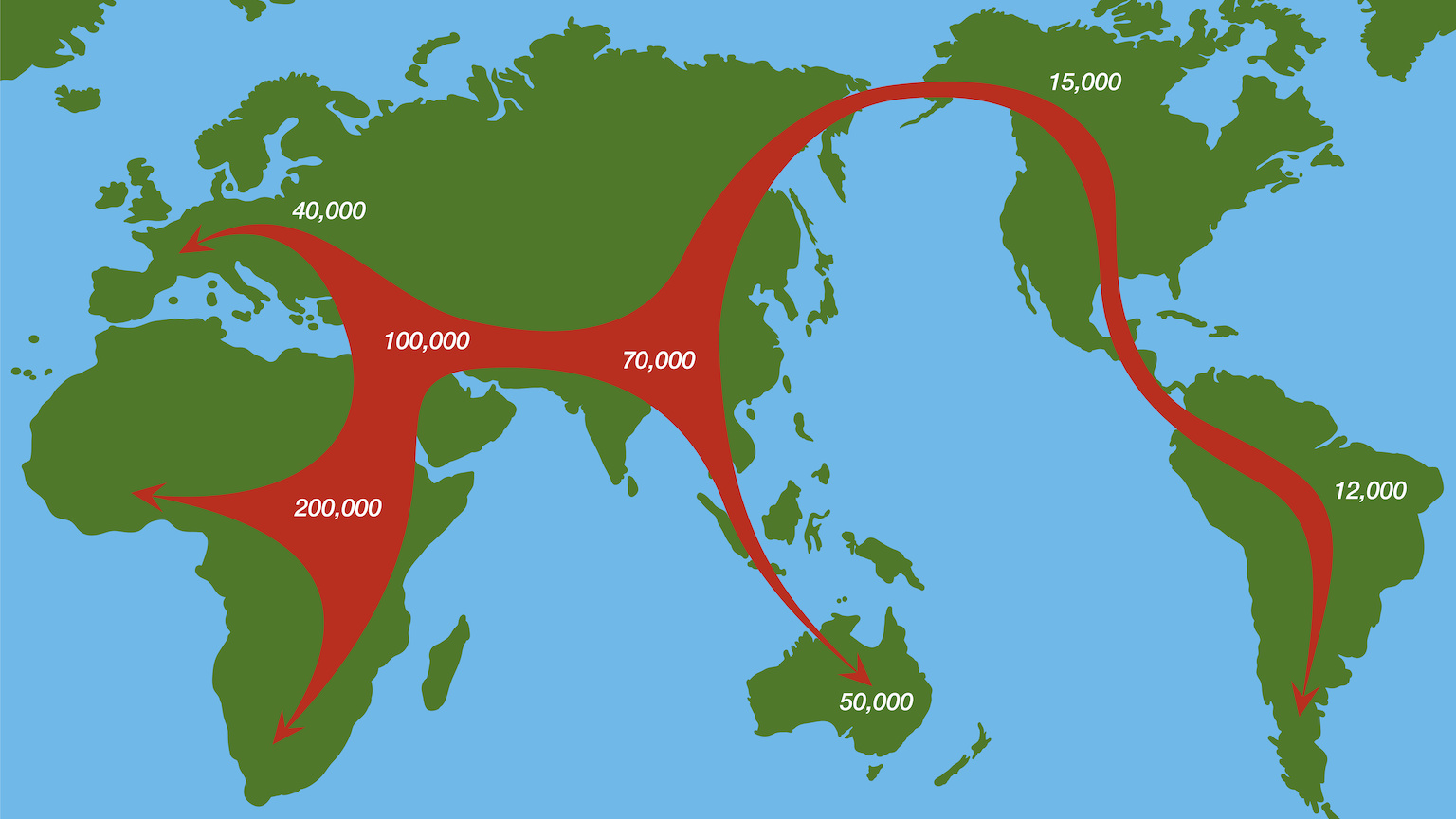
Archaic humans ventured into Eurasia in waves, not always successfully. They may have started their journey in North Africa or West Asia.
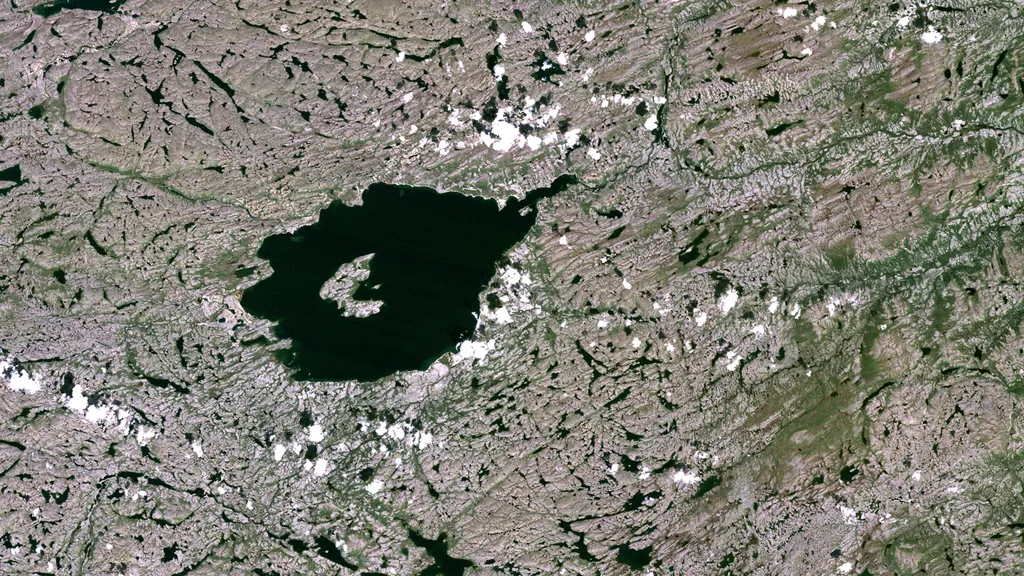
The rock, a fist-sized piece of black glass, was discovered in 2011 and first reported in 2017, when scientists wrote in the journal Earth and Planetary Science Letters that it had been formed in temperatures reaching 4,298 degrees Fahrenheit (2,370 degrees Celsius)…
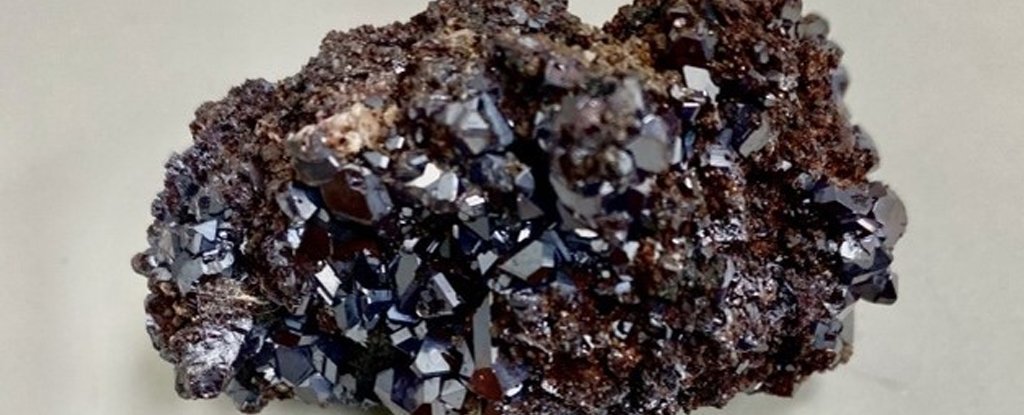
One of the ways we can fully realize the potential of quantum computers is by basing them on both light and matter – this way, information can be stored and processed, but also travel at the speed of light.
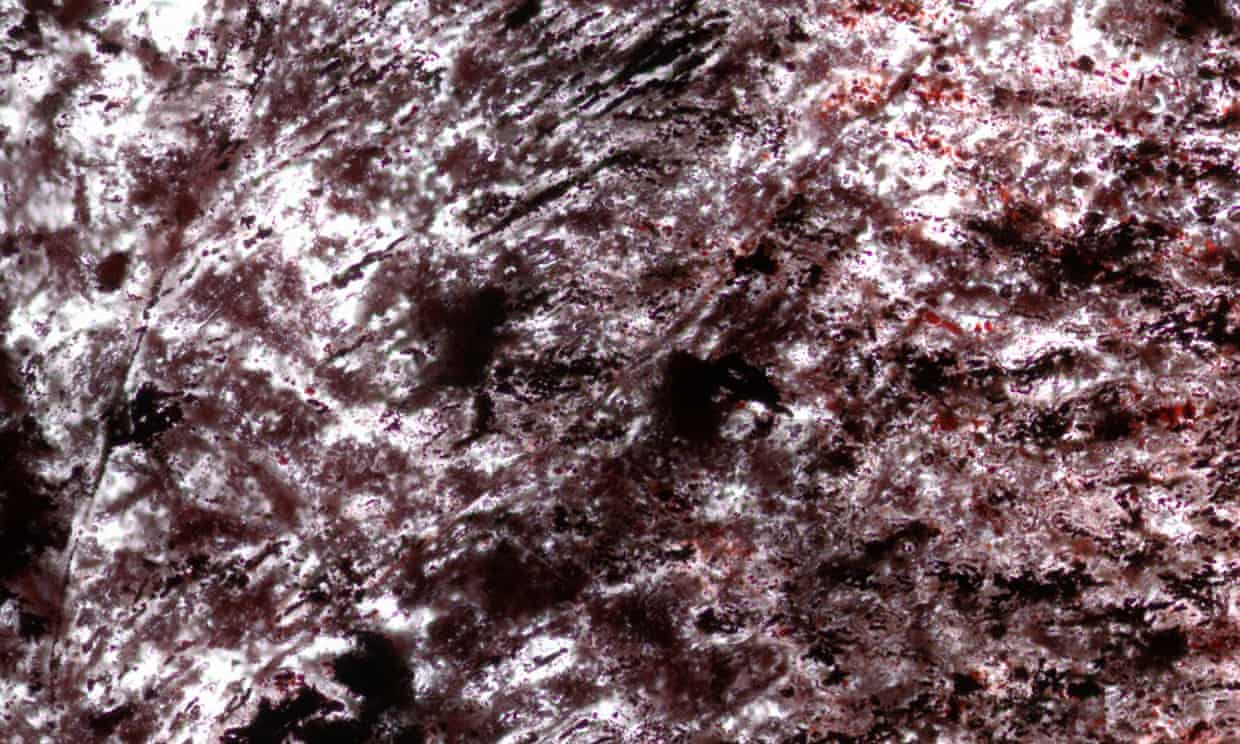
Scientists believe they have found evidence of microbes that were thriving near hydrothermal vents on Earth’s surface just 300m years after the planet formed – the strongest evidence yet that life began far earlier than is widely assumed.
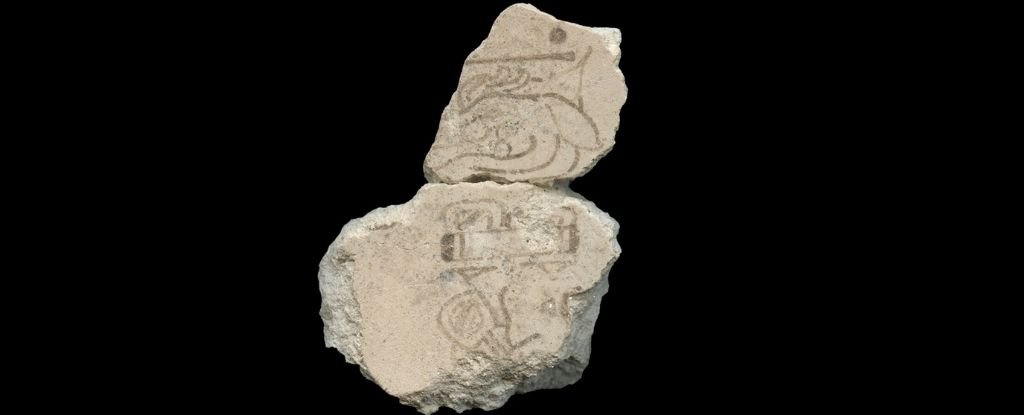
Among the fragments of an ancient Mesoamerican mural, archaeologists in Guatemala have uncovered the earliest unequivocal evidence of a Maya sacred calendar.
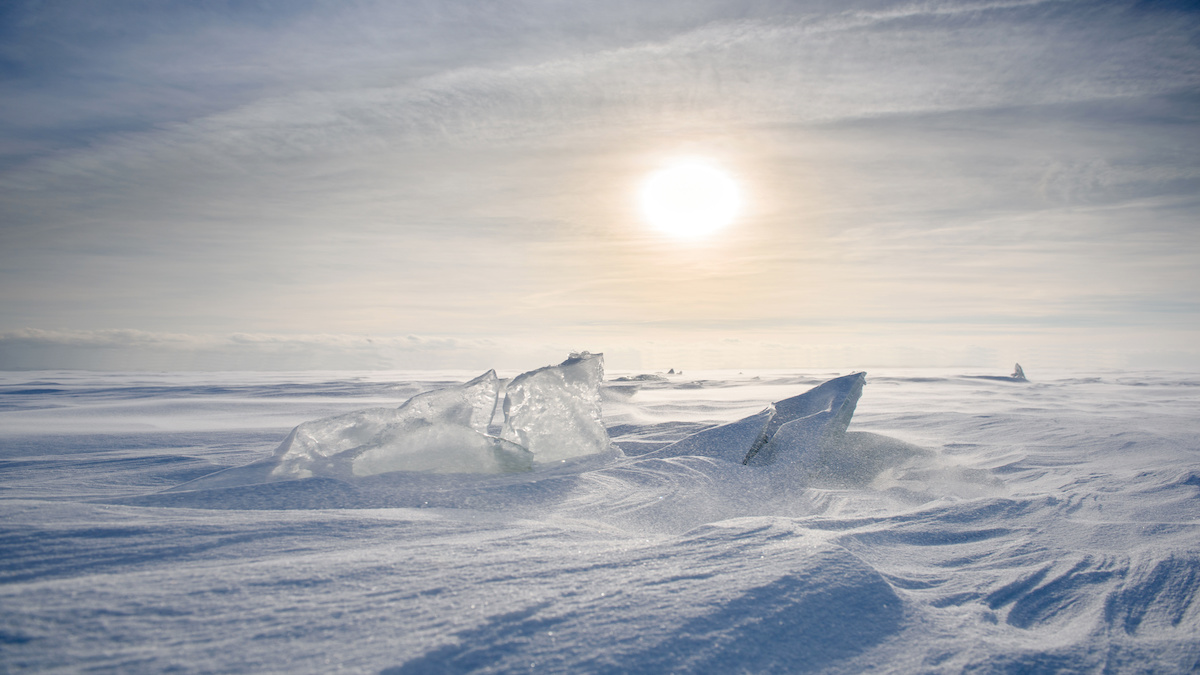
Researchers long assumed ancient humans entered North America via an ice-free corridor about 13,000 years ago. However, a new study published in the journal PNAS used cosmogenic nuclide exposure dating to prove that the continent had already been populated when the corridor was still frozen over.








